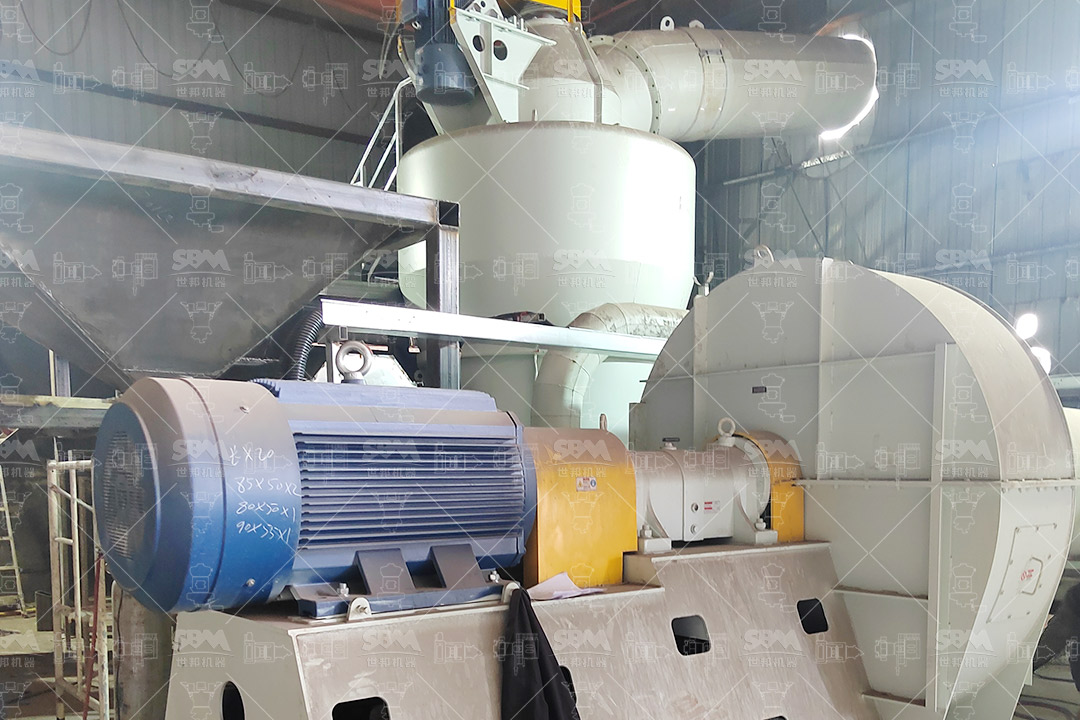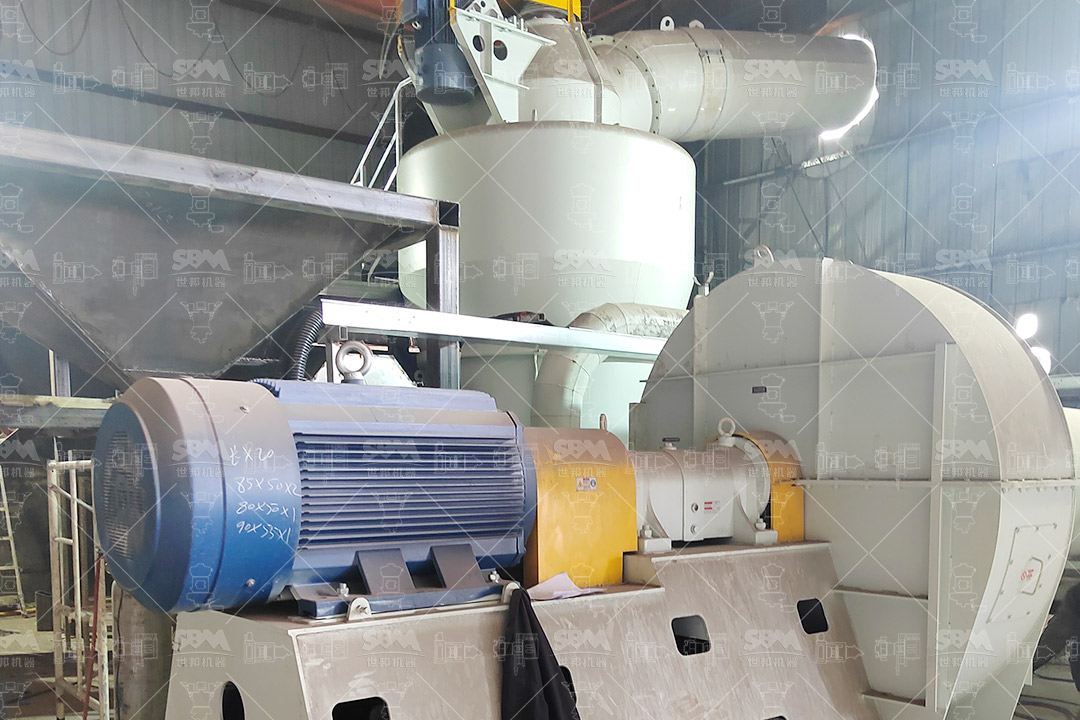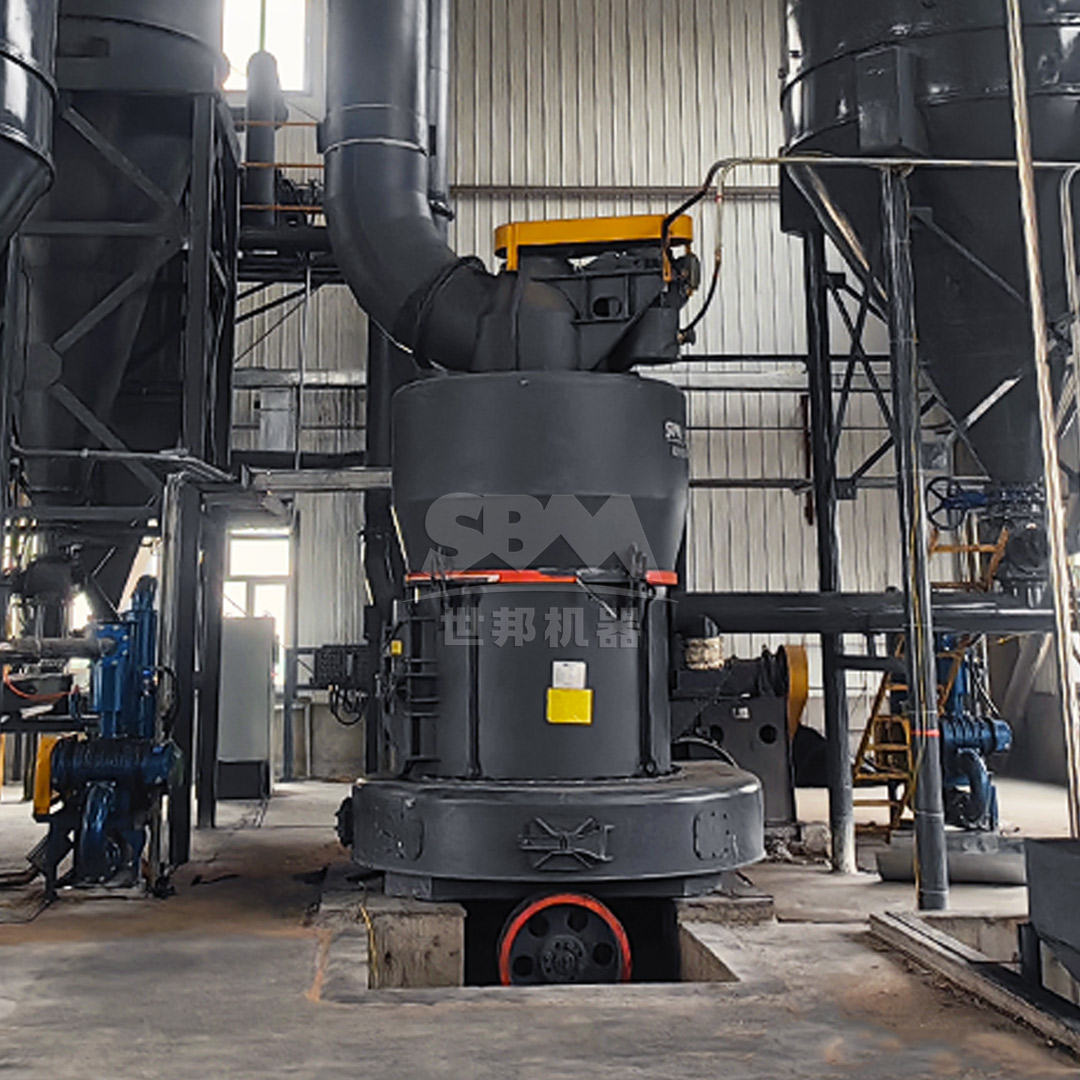The production of high-quality specialty paper demands precise control over raw material properties, particularly when it comes to mineral fillers like talc. Talc serves as a crucial component in specialty paper manufacturing, enhancing properties such as smoothness, opacity, printability, and resistance to moisture and chemicals. The quality of talc powder directly influences the final paper product’s performance characteristics, making the selection of appropriate grinding equipment a critical decision for paper manufacturers.
Talc grinding mills must achieve specific particle size distributions, maintain consistent quality, and operate efficiently to meet the demanding requirements of specialty paper production. The ideal grinding system should produce talc powder with uniform particle size, minimal contamination, and optimal surface characteristics to ensure proper dispersion within the paper matrix.

Specialty paper applications require talc with precisely controlled particle size distributions. The ideal talc powder for paper filling and coating typically ranges from 45μm to 5μm (325 to 2500 mesh), with specific applications demanding even tighter tolerances. The grinding equipment must consistently produce talc within these parameters while maintaining narrow size distributions to ensure uniform paper properties.
High-quality specialty paper cannot tolerate contamination from grinding media or equipment wear. The grinding system must be designed with materials and mechanisms that minimize the introduction of foreign particles. This is particularly important for applications in food-grade packaging, medical papers, and high-end printing substrates where purity is paramount.
With energy costs representing a significant portion of operating expenses, modern talc grinding mills must balance performance with energy consumption. Advanced grinding technologies can reduce energy requirements by 30-40% compared to conventional systems while maintaining or improving output quality.
For the most demanding specialty paper applications requiring extremely fine talc powders (D97 ≤ 5μm), ultrafine grinding technology represents the optimal solution. These systems employ advanced classification mechanisms and precision grinding elements to achieve consistent sub-micron particle sizes.
Our SCM Ultrafine Mill series exemplifies this technology, specifically engineered for producing high-quality talc powders for specialty paper applications. With output fineness ranging from 325 to 2500 mesh (D97 ≤ 5μm) and processing capacities from 0.5 to 25 tons per hour, these mills provide the precision and scalability required by modern paper manufacturers.
| Model | Processing Capacity (ton/h) | Main Motor Power (kW) | Output Fineness (mesh) |
|---|---|---|---|
| SCM800 | 0.5-4.5 | 75 | 325-2500 |
| SCM900 | 0.8-6.5 | 90 | 325-2500 |
| SCM1000 | 1.0-8.5 | 132 | 325-2500 |
| SCM1250 | 2.5-14 | 185 | 325-2500 |
| SCM1680 | 5.0-25 | 315 | 325-2500 |
For applications requiring talc in the 45-325 mesh range, trapezium mills offer an excellent balance of efficiency, cost-effectiveness, and product quality. These systems are particularly suitable for paper filling applications where extremely fine particles are not required.
The MTW Series Trapezium Mill provides outstanding performance for medium-fine talc grinding with capacities ranging from 3 to 45 tons per hour. Its advanced features include wear-resistant shovel design, curved air channel optimization, and integrated cone gear transmission system that achieves up to 98% transmission efficiency.

Advanced classification technology is crucial for achieving the narrow particle size distributions required in specialty paper applications. Vertical turbine classifiers enable precise size cuts without coarse powder contamination, ensuring consistent product quality. The SCM Ultrafine Mill’s classification system represents the pinnacle of this technology, providing unparalleled control over final product specifications.
Modern talc grinding mills incorporate multiple energy-saving features that significantly reduce operational costs. The SCM series, for instance, demonstrates 30% lower energy consumption compared to conventional jet mills while delivering twice the production capacity. Intelligent control systems automatically adjust operational parameters based on real-time feedback of product particle size, optimizing energy usage throughout the grinding process.
Specialty material selection in grinding components extends equipment lifespan and reduces maintenance requirements. The use of specially formulated materials for rollers and grinding rings in the SCM Ultrafine Mill increases service life by several times compared to conventional materials. Additionally, the innovative bearing-free screw grinding chamber design enhances operational stability and reduces mechanical failure points.
Effective dust collection is essential in talc grinding operations to protect both product quality and workplace safety. Modern grinding systems incorporate pulse dust collectors that exceed international standards, with collection efficiency ensuring minimal environmental impact. Fully sealed negative pressure operation in systems like the LUM Ultra-fine Vertical Mill prevents dust leakage entirely, creating a cleaner working environment.
Noise control represents another critical consideration in mill design. Advanced acoustic engineering, including soundproof chamber designs and vibration damping systems, reduces operational noise to ≤75dB, well below industry averages. This not only improves working conditions but also facilitates compliance with increasingly stringent workplace safety regulations.

Selecting the appropriate grinding system requires careful consideration of production volume requirements. The extensive model ranges available in both the SCM Ultrafine Mill and MTW Trapezium Mill series enable paper manufacturers to match equipment capacity precisely to their production needs, from pilot-scale operations to high-volume manufacturing facilities.
The ability to adjust product specifications to meet changing market demands is increasingly important. Modern grinding systems offer exceptional flexibility, with the SCM series capable of producing talc across the entire 325-2500 mesh range from the same equipment. This adaptability allows paper manufacturers to respond quickly to evolving customer requirements without significant capital investment.
Successful implementation of talc grinding technology requires seamless integration with existing paper manufacturing processes. Compact designs, such as the vertical configuration of the LM Series Vertical Roller Mill, reduce footprint requirements by up to 50% compared to traditional horizontal mills, facilitating retrofitting into existing production facilities.
The integration of Industry 4.0 technologies represents the next frontier in talc grinding optimization. Advanced control systems with remote monitoring capabilities, predictive maintenance algorithms, and automated quality adjustment are becoming standard features in next-generation grinding equipment. These technologies not only improve operational efficiency but also enhance product consistency through real-time process optimization.
Environmental considerations continue to drive innovation in grinding technology. Future developments will likely focus on further reducing energy consumption, minimizing water usage in cooling systems, and enhancing material utilization efficiency. The integration of renewable energy sources and waste heat recovery systems represents promising avenues for reducing the carbon footprint of talc processing operations.
Ongoing research in material science promises further improvements in grinding component durability and performance. The development of novel composite materials, advanced surface treatments, and self-lubricating components will extend equipment lifespan while maintaining product purity—a critical consideration for specialty paper applications where contamination must be avoided at all costs.
The selection of appropriate talc grinding technology is a critical determinant of success in specialty paper manufacturing. Modern grinding mills, such as the SCM Ultrafine Mill and MTW Trapezium Mill series, offer paper manufacturers unprecedented control over product quality, operational efficiency, and environmental impact. By understanding the key features and capabilities of these advanced grinding systems, paper producers can make informed decisions that optimize their talc processing operations for the demanding requirements of high-quality specialty paper production.
As the specialty paper market continues to evolve, embracing technological innovations in talc grinding will become increasingly important for maintaining competitive advantage. The integration of precision grinding, intelligent control systems, and sustainable operational practices represents the future of talc processing in the paper industry—a future where quality, efficiency, and environmental responsibility converge to create superior paper products.